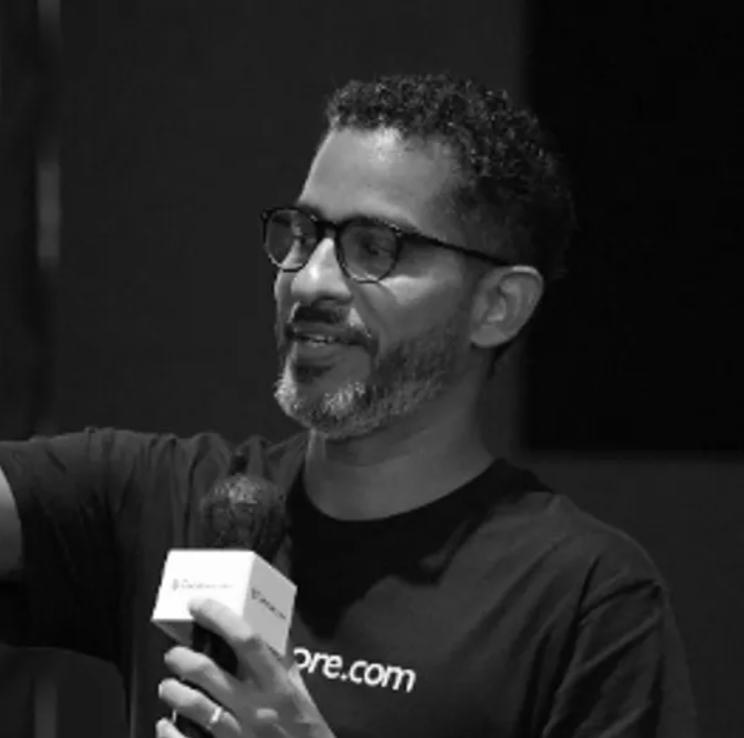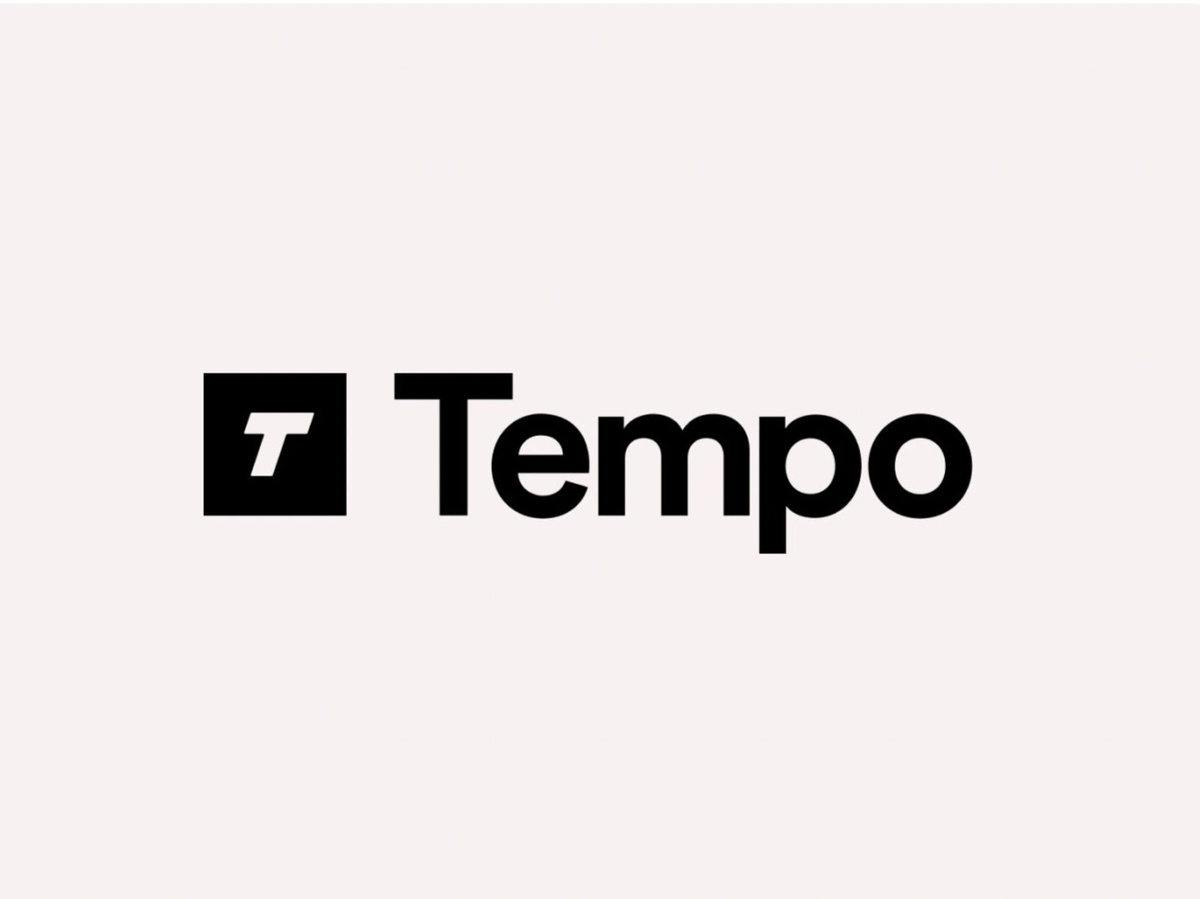
The crypto market has unanimously embraced staking, exceeding the expectations of core developers. The demand isn’t merely to build on Ethereum but also to participate in its consensus through staking. Stakers, by putting down ETH as collateral, validate the network and earn rewards, creating a market equilibrium based on yield and the size of the validator set.
In its purest form, staking involves running a small, energy-efficient PC with Ethereum software, a method known as “home staking.” However, many prefer not to engage in this method due to lack of time, technical knowledge, or the desire for higher risk and reward. This has given rise to third-party staking providers, offering “staking-as-a-service,” which has become both a boon and a bane to the ecosystem.
These third-party providers democratize access to staking by lowering the barrier in terms of initial investment and technical knowledge, thus contributing positively to the chain. However, they also introduce centralization risks and network stability concerns, as they retain influence over the network without having anything “at stake.”
The Shanghai hardfork in April allowed long-time stakers to withdraw, leading to a surge in interest in staking and subsequently, longer queues. This influx has highlighted the centralization issues associated with third-party providers, with Lido emerging as a notable entity in this narrative. Lido, a semi-decentralized, non-custodial staking protocol governed by a DAO, has been successful in attracting a large portion of all staked ETH, raising concerns about the decentralization of the chain.
Critics argue that Lido’s refusal to cap its staking dominance and its rapid growth are detrimental to Ethereum’s core value proposition: its decentralization and resistance to special interests. The decisions within Lido are predominantly made by just two wallets, despite having 38 operators, emphasizing the centralization within the entity itself.
The challenge now is to allow Ethereum researchers sufficient time to adapt the system to account for such economically rational actors and to mitigate the centralization risk they pose. The community is actively working to inform individuals and institutions about the risks associated with choosing their staking provider.
In conclusion, the rise of third-party staking providers like Lido has sparked debates about centralization and the core values of Ethereum. While these providers have democratized access to staking, the influence they hold over the network raises concerns about the future decentralization and stability of the Ethereum network. It is crucial for the community and researchers to address these concerns and find solutions that uphold the principles of decentralization and transparency inherent to blockchain technology.
This article is for information purposes only and should not be considered trading or investment advice. Nothing herein shall be construed as financial, legal, or tax advice. Bullish Times is a marketing agency committed to providing corporate-grade press coverage and shall not be liable for any loss or damage arising from reliance on this information. Readers should perform their own research and due diligence before engaging in any financial activities.











